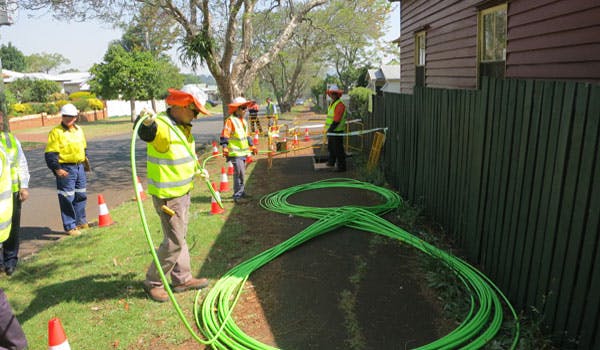A Coalition commissioned cost benefit analysis of the NBN has found the high price tag linked to the provision of high-speed internet access for those in regional and rural areas would far exceed the potential benefits.
The independent report released yesterday found that providing a wireless service to the bush would exceed the benefits by nearly $7000 per household. While the provision of fixed wireless and satellite services to regional and rural areas comes with a price tag of $4.8bn, the benefits are estimated at only $600 million.
However, Communications Minister Malcolm Turnbull defended the delivery of faster internet speeds to bush areas as sustainable. Currently the cost of the NBN roll out to bush areas is cross-subsidised through the prices paid by people in urban areas.
“It’s a subsidy,” Mr Turnbull told ABC radio. “There’s no question about that. It is, the Government, the nation can afford it. We can afford that cross subsidy. But it is, it’s undoubtedly true – the cost of providing telecommunications to the, to regional and rural areas is dramatically higher than people’s capacity or willingness to pay.”
The report vindicates the approach taken by the current government to proceed with a mix of technologies for the rollout rather than adopt Labor’s gold-plated version in which fibre would be rolled out directly to 93 per cent of premises.
The net benefit of an unsubsidised rollout of the NBN is put at $24bn when compared to no roll-out. Measured against this, the net social and economic benefits of the Coalition’s “mixed technology” NBN are put at $17.9bn while Labor’s gold plated NBN is thought to have left society about $1.8bn better off.
According to the report, it is possible to draw a number of conclusions:
-) The Coalition scheme leaves Australians about $16.1bn better off.
-) Secondly, that compared to a completely unsubsidised NBN roll-out, Labor’s scheme would have cost $22.2bn.
-) That a full fibre to the premises roll-out would still have left Australians about $1.8bn better off.
-) The subsidy in the Coalition scheme is in the order of $5bn per year.
Labor communications spokesman Jason Clare yesterday attacked the report conducted by a government-appointed panel led by former Victorian Treasury official Michael Vertigan. Mr Clare said Mr Turnbull had handpicked people to conduct the analysis in order to give him the “answer he wants” instead of giving the task to Infrastructure Australia.

